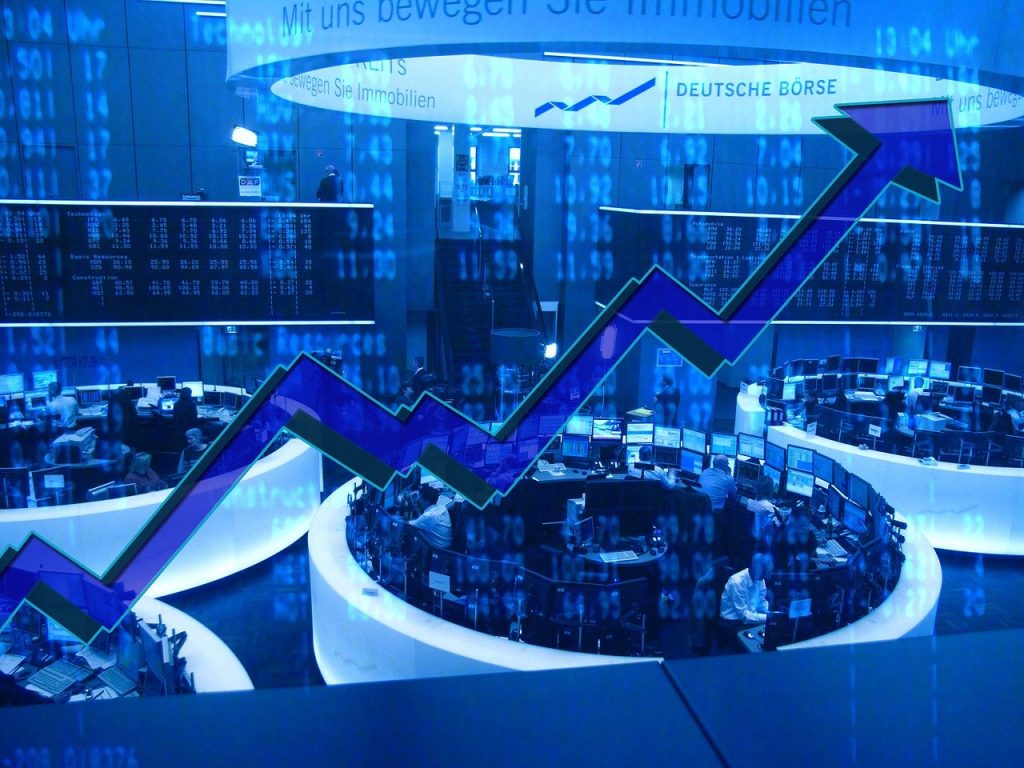Introduction: Why Consumer Confidence Is a Market Game-Changer
In 2025, as global economies adjust to a post-inflation, post-tightening world, one critical metric is taking center stage: consumer confidence. Often overshadowed by GDP growth or employment reports, consumer sentiment is a vital indicator that shapes spending patterns, investment flows, and ultimately stock market performance. Economists and analysts have long recognized that when consumers feel optimistic about their financial futures, they tend to spend more, boosting corporate revenues and stock valuations. Conversely, when confidence wanes, spending contracts, corporate earnings suffer, and equity markets can quickly falter. Understanding how consumer behavior metrics are evolving in 2025—and what they mean for key sectors like retail and technology—is essential for investors aiming to stay ahead of market trends.
Consumer Confidence Metrics: What We Track and Why
Two main indicators dominate discussions of consumer sentiment: the Conference Board’s Consumer Confidence Index (CCI) and the University of Michigan’s Consumer Sentiment Index (UMCSI). Both indices measure consumers’ perceptions of current economic conditions and their expectations for the future, though they differ slightly in methodology and emphasis. In 2025, the CCI has shown a gradual but steady rise from its 2024 lows, reaching levels consistent with moderate economic expansion. Meanwhile, the UMCSI reflects a more cautious tone, highlighting consumers’ concerns about job security, inflation persistence, and political uncertainty. Both metrics are closely monitored because shifts in consumer confidence often precede changes in consumer spending, which accounts for roughly 70% of the U.S. economy. For investors, these data points are early warning signs or green lights for broader market movements.
2025 Trends: Rising Confidence Amid Lingering Caution
Consumer confidence is notably stronger in early 2025 compared to the uncertainty-riddled years of 2022-2023. Factors driving the rebound include a slowing inflation rate, modest wage growth, resilient employment figures, and the Federal Reserve’s cautious move toward lower interest rates. However, confidence levels are not soaring indiscriminately. Analysts observe that consumers remain highly selective in their spending, favoring essentials and value-driven purchases over luxury or discretionary items. Credit card delinquencies, though rising slightly, remain well below crisis levels, suggesting that most households are managing their finances prudently. Importantly, younger consumers—particularly Millennials and Gen Z—are exhibiting stronger optimism compared to older generations, potentially driving tech adoption and retail innovations. In short, 2025’s consumer is more optimistic but also more discerning, with clear implications for different sectors.
Implications for Retail Stocks: Winners and Losers
The retail sector is perhaps the most directly impacted by shifts in consumer confidence. In 2025, analysts forecast a bifurcation within retail stocks. Companies that cater to “necessity spending,” such as Walmart, Costco, and discount retailers, are expected to perform well as cautious consumers prioritize value. On the other end of the spectrum, luxury brands and non-essential retail may face headwinds unless they can differentiate themselves through innovation or unique customer experiences. E-commerce players are poised to benefit from younger consumers’ digital preferences, but competition remains fierce, and margins are under pressure due to rising fulfillment and delivery costs. Retailers that can balance affordability, digital convenience, and brand loyalty are best positioned to capitalize on the evolving consumer landscape. Those stuck in the middle—neither value leaders nor premium innovators—risk being squeezed out.
Implications for Tech Stocks: Sentiment and Spending
Tech stocks historically benefit from strong consumer confidence, particularly in segments tied to personal electronics, cloud services, and online entertainment. In 2025, tech is expected to be one of the primary beneficiaries of improving sentiment, but with important caveats. Analysts predict robust demand for AI-driven consumer products, home automation, and next-generation mobile devices, especially among younger, tech-savvy demographics. However, big-ticket items like high-end smartphones, gaming systems, and premium subscriptions may see slower growth if consumers remain cautious about large discretionary expenditures. Additionally, regulatory pressures on major tech platforms continue to create uncertainty, particularly regarding data privacy and antitrust actions. Companies that offer perceived value, innovation, and ecosystem stickiness—think Apple, Amazon, and certain AI service providers—are expected to thrive. Meanwhile, highly speculative tech startups without clear revenue paths may struggle to attract investment in a still-risk-averse environment.

Sector-Specific Predictions: Where Economists and Analysts Diverge
While there is broad consensus on the general direction of consumer confidence and its positive impact on equities, there is notable divergence when it comes to sector-specific predictions. Some analysts argue that consumer discretionary stocks overall are poised for a comeback, particularly in travel, hospitality, and entertainment, as pent-up demand from pandemic-era restrictions continues to unwind. Others are more cautious, warning that economic uncertainties—such as rising household debt levels and potential global geopolitical flare-ups—could keep a lid on discretionary spending. In tech, while AI and cybersecurity are almost universally cited as growth drivers, opinions vary on social media and ad-tech firms, which face both evolving consumer preferences and regulatory risks. Real estate-related stocks, such as home improvement retailers and homebuilders, present another mixed picture, heavily influenced by regional housing market dynamics and mortgage rate fluctuations.
Macro Risks: What Could Derail Consumer Confidence in 2025?
Despite improving trends, consumer confidence remains fragile and susceptible to a range of macroeconomic risks. Potential headwinds include unexpected spikes in inflation, driven by commodity price shocks or supply chain disruptions. Labor market softness, particularly if concentrated among younger workers or lower-income demographics, could also erode sentiment quickly. Geopolitical tensions, notably involving energy markets or trade routes, represent another wild card. Domestically, political uncertainty ahead of the 2026 midterm elections may create periods of volatility in both consumer sentiment and the broader stock market. Analysts stress that while current trends are positive, the margin for error is small, and unexpected shocks could reverse gains in consumer confidence almost overnight.
Investment Strategies: Capitalizing on Consumer Confidence Trends
Given the cautious optimism surrounding consumer sentiment in 2025, investors are advised to adopt a balanced yet proactive approach. Sector rotation strategies, favoring retail and tech leaders while remaining defensive in discretionary-heavy segments, are gaining popularity. Dividend-paying consumer staples and select REITs tied to residential and logistics properties are seen as attractive hedges against volatility. In the tech space, focusing on companies with strong balance sheets, clear revenue models, and scalable platforms can provide upside exposure while mitigating downside risk. Additionally, thematic investing around trends like AI adoption, digital payments, and e-commerce logistics can help align portfolios with emerging consumer behaviors. Overall, the key is diversification—not betting exclusively on high-confidence or low-confidence scenarios but constructing portfolios resilient to a range of consumer sentiment outcomes.
Conclusion: A Delicate Balance of Optimism and Caution
Consumer confidence in 2025 paints a nuanced picture: a steady but cautious rebound that supports moderate economic growth and selective sectoral outperformance. For investors, tracking shifts in sentiment through trusted metrics like the CCI and UMCSI is essential for anticipating market moves, particularly in retail and technology. While risks remain, from geopolitical tensions to unexpected inflationary pressures, the overall trajectory suggests a consumer base willing to spend—but selectively and strategically. In this environment, nimble, well-informed investing grounded in both macroeconomic understanding and sector-specific insights offers the best path forward. Whether you’re positioning for retail rebounds, tech surges, or defensive hedges, staying attuned to the consumer’s mindset will be crucial in navigating the stock market landscape of 2025.














































